The Nile – the world’s longest river – runs through 11 countries in Africa and has a basin that covers about 3 million sq kms, nearly 10% of the continent’s landmass. About 250 million people are reliant on the Nile’s waters in Ethiopia, Uganda, South Sudan, Sudan and Egypt.
Nearly all of the rainfall that feeds the Nile’s two major tributaries – the Blue and White Nile – falls in the upper Nile basin, found in South Sudan, western Ethiopia and Uganda. The lower Nile basin receives very little rainfall and the countries there – Sudan and Egypt – depend heavily on the Nile for water. Read more

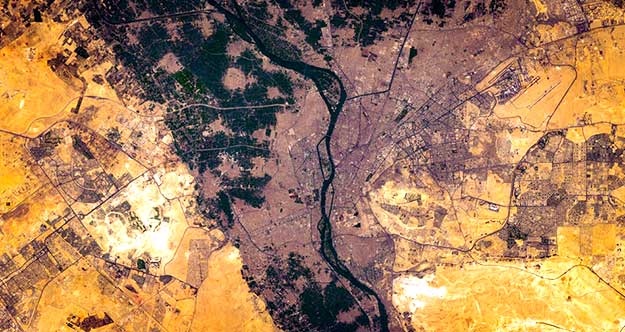
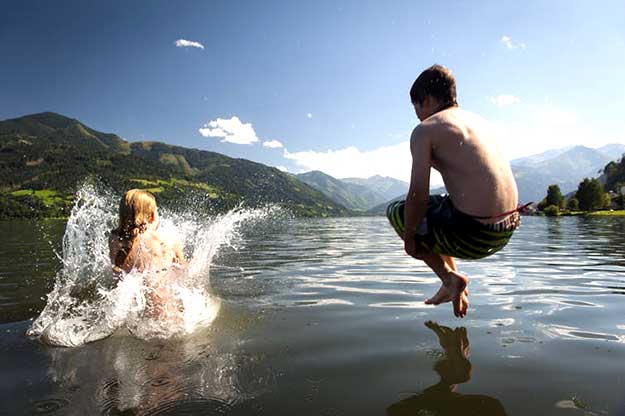
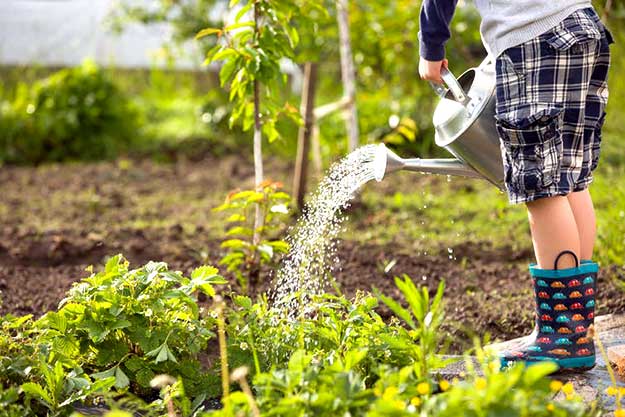
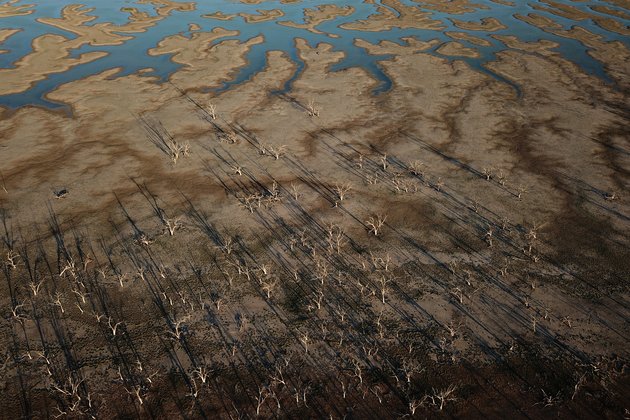
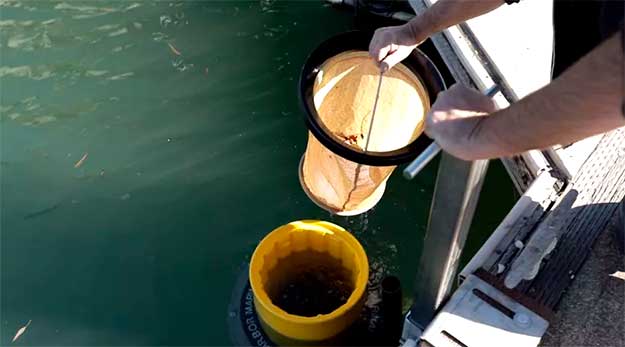 06
06